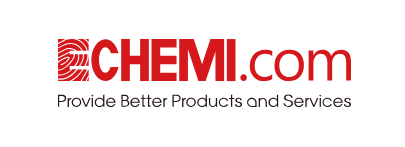Regulatory compliance is a fundamental pillar of operations for chemical manufacturing companies, extending far beyond mere legal obligation to encompass environmental stewardship, workplace safety, and public health protection. These companies operate within a complex web of local, national, and international regulations—from REACH in Europe and TSCA in the United States to country-specific chemical management frameworks—making compliance a critical, continuous effort integral to their license to operate.
The scope of compliance spans the entire chemical lifecycle. It begins with the registration and risk assessment of new substances before they enter the market. During production, companies must adhere to strict standards governing air and water emissions, waste management, and occupational health and safety (such as OSHA standards). For specific sectors, additional layers apply—Good Manufacturing Practices (GMP) for pharmaceuticals or stringent pesticide regulations for agrochemicals. Furthermore, product labeling, storage, transportation (following DOT, ADR, or IMDG codes), and end-of-life disposal each carry detailed legal requirements. This necessitates meticulous documentation, robust testing, and full traceability across the supply chain.
Leading companies no longer view compliance as a reactive checklist but as a strategic priority. They implement integrated EHS (Environment, Health, and Safety) management systems, employ digital tools to monitor regulatory updates, and conduct regular audits and employee training. This proactive approach not only mitigates the risk of penalties, operational shutdowns, and reputational damage but also builds trust with stakeholders and strengthens competitive advantage in an increasingly sustainability-focused global market.




